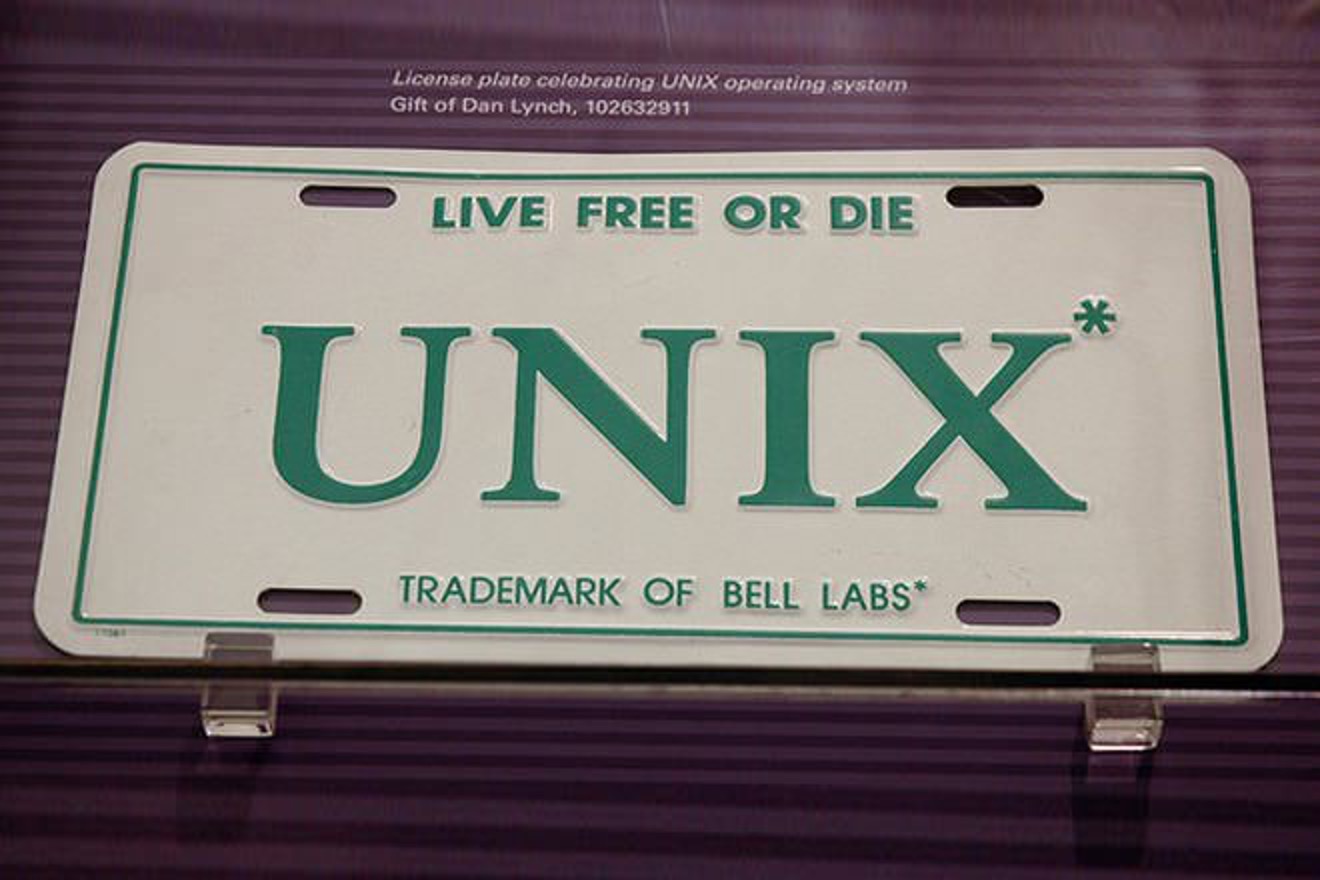At Bell Labs, I was the first to get our multi-processor Unix to boot to multi-user mode. We had a party when I did
Verizon Tones

The Verizon (VZW) Tones app on flip-phones was way ahead of its time. The use of ‘tabs’ here was revolutionary.
The
Product
VZWTones was Verizon’s RingTone and RingBack Tone app. Initially on flip-phones (running QualComm’s BREW OS) it was later ported to Android and iOS. At its height it was the number one downloaded app in the world for a few years running. Someone told me once that the app’s data needs consumed a full 10% of Verizon’s early 1x network capacity. I understand it made Verizon well over a billion dollars.
Of course it allowed you to download and install a ring tones. There was also a ‘preview’ of the tone feature. We had relationships with top artists… people would then use this preview mode as an early ‘Spotify’ to just listen to these previews. (Of course we knew people wanted a music player, but Verizon out-and-out refused at the time since it would blow up their network)
The app initially was for RingTones. Eventually ‘ring-back’ tones were added. Ring-back tones allow your caller… i.e. your friend, to hear songs you pick for them while they’re waiting for you to pick up. This feature was wildly popular in Asia at the time, but never really took off in the US.
The app was at the forefront of emerging app UI standards. For instance were the first app to use ‘tabs’. In the middle of the flip-phone era, ‘touch screens’ first came to market. We were the first to use touch in our app, key-holing a ‘next-next-next’ paradigm into direct touch.
This was the user’s manual I worked with Verizon to produce: https://www.verizonwireless.com/pdfs/user_guides/How_To_VZW_Tone.pdf

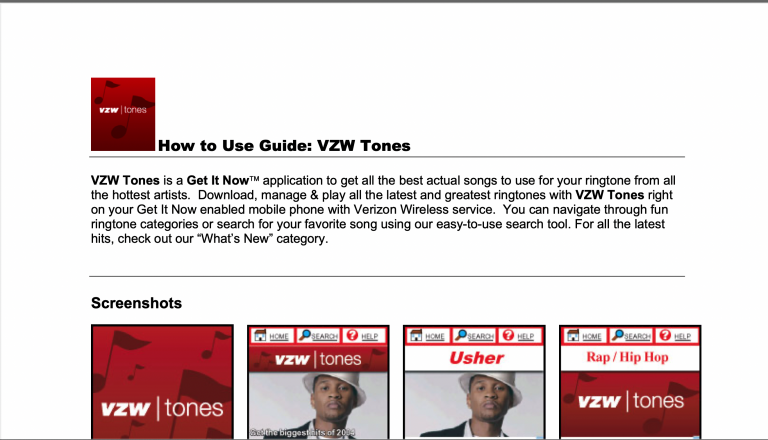
The
Work
I owned the VZWTones app in its entirety. I did this while working at a company called Ztango. Ztango was eventually purchased by RealNetworks. Ztango had the relationships with music labels, ingested the data and served it to the app.
I worked directly with Verizon on the features of the app. I was often at their office outside the beltway and developed a close relation with the person that owned BREW at Verizon.
BREW, provided by QualComm, was the phone OS at the time. It not only provided OS hooks to write apps, but it provided the ‘app stores’ to carriers (I.e. Verizon) as well as a robust app testing program. I knew many of the QualComm people including meeting the CEO. I was invited to the ‘top 10 BREW developers breakfast at the BREW-Fest in San Diego for many years.
In other words, I was an app developer many years before Steve Jobs pretended to have invented the concept… indeed he copied the whole app-store/testing paradigm from QualComm. The only meaningful change was that iOS (or Android) owned the store instead of the carriers)
We had phones in our hands 6 months before they reached the public so we could ensure we were on the phone when they were released. The phones were often 1/2 functional and crashed often (ask me about ‘bricking’ a phone… which made the phone into essentially a brick that only QualComm could unlock.)
I wrote the first BREW/Java version of this myself as well as the rudimentary app server. Eventually I had a team of three developers and a designer working for me. I left RealNetworks just around the time Android phones first came out. Others oversaw the porting of my app to Android and iOS.
I think we ended up porting to well over a 100 phones, most preloads… working with an OEM’s pre-load procedure can be a real bear… I have lots of war stories.
I won a ‘top 5 employees of the year’ award from RealNetworks for may work on this.
Other Work
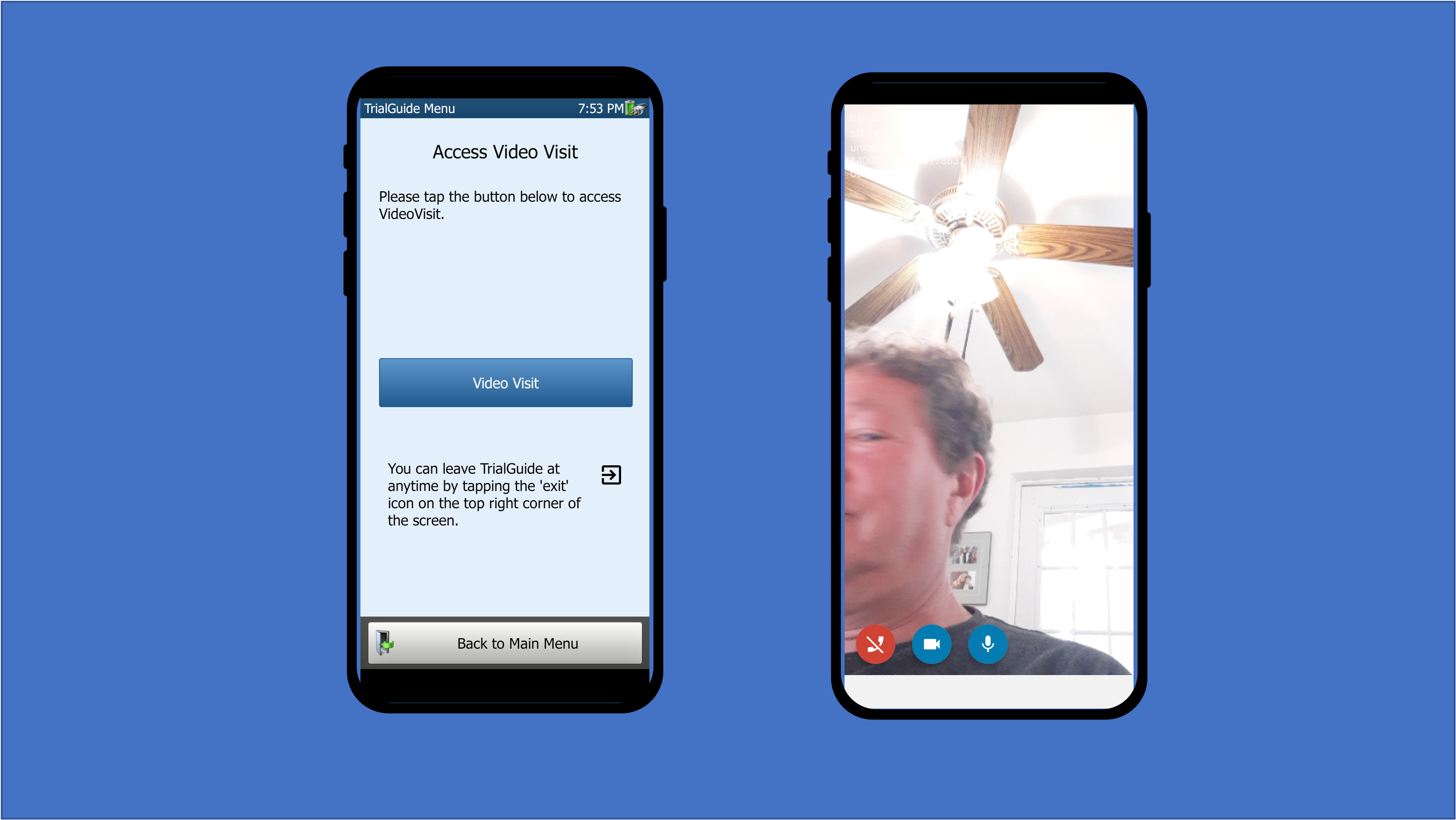
Technically innovative way of integrating a ‘Join a tele-health’ call in company’s web, Android, iOS and Flutter based products. Solved an emergency Covid need.
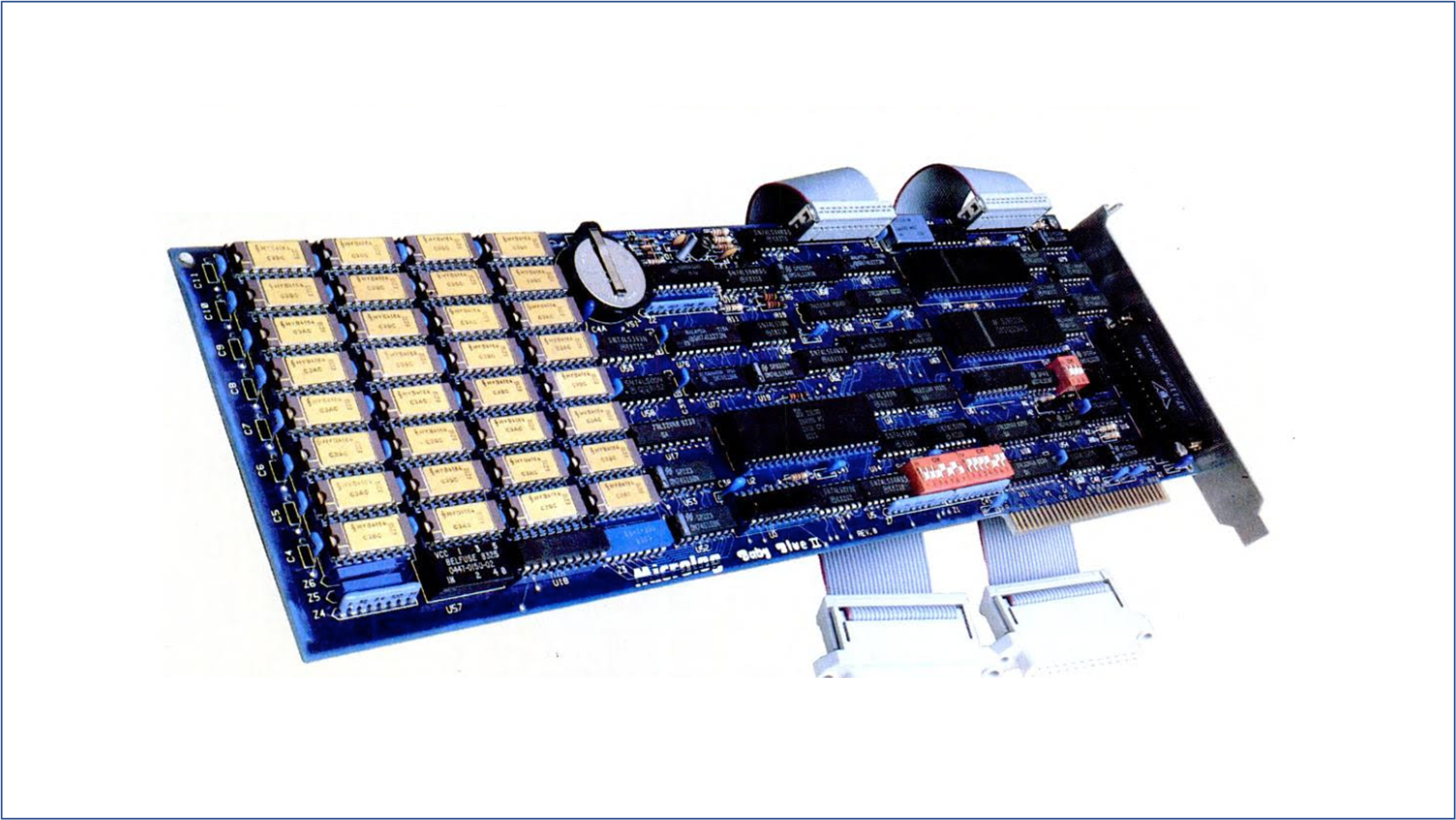
IBM-PC bus card, I worked on the hardware and did the software on this critical device for allowing CP/M software to run on MS-DOS machines.
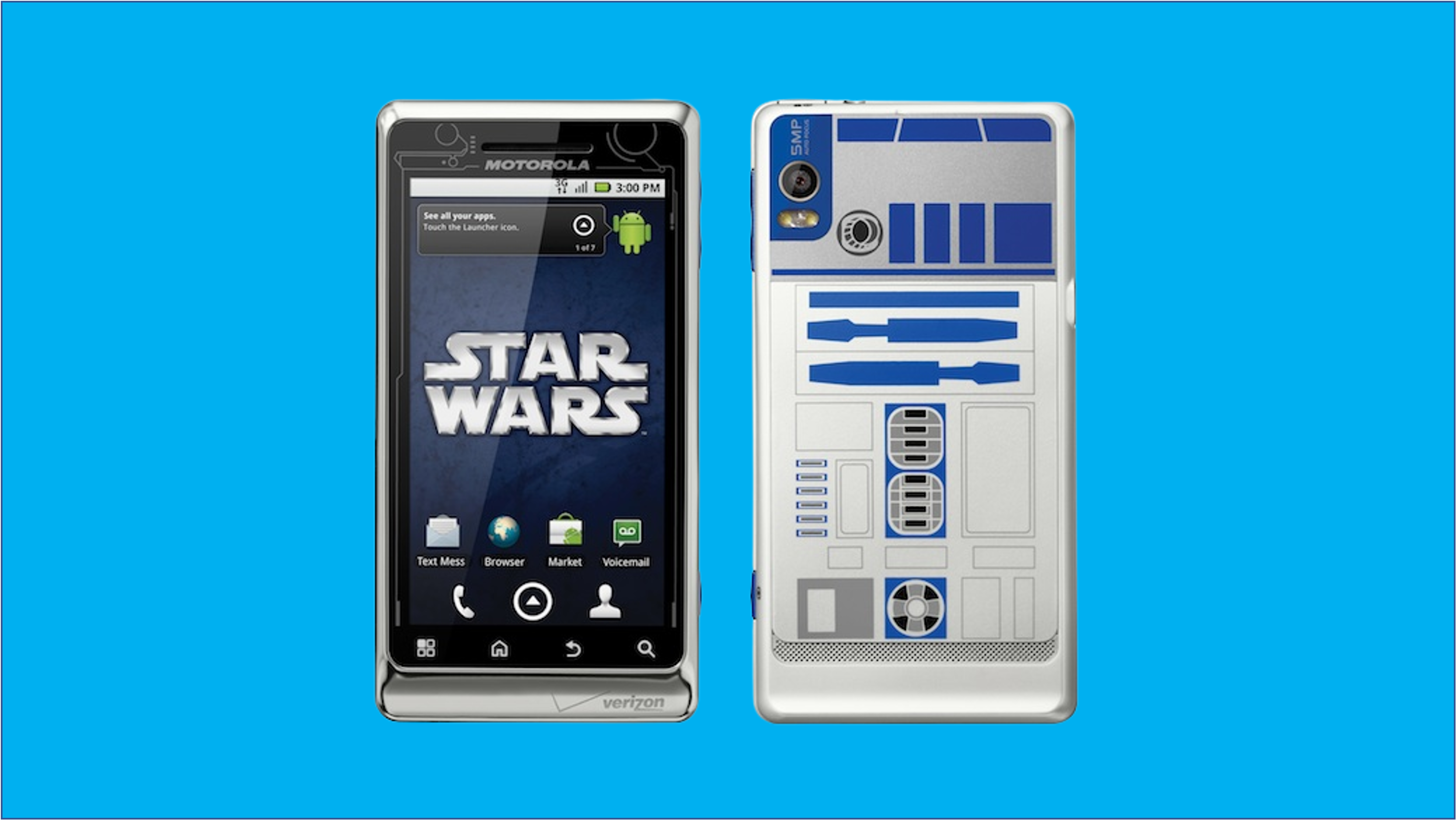
I owned all the special software on the R2/D2 phone. Including such things as the Hoth Binoculars, Hoth Weather widget and Shake-your-phone to get R2 to come out.
